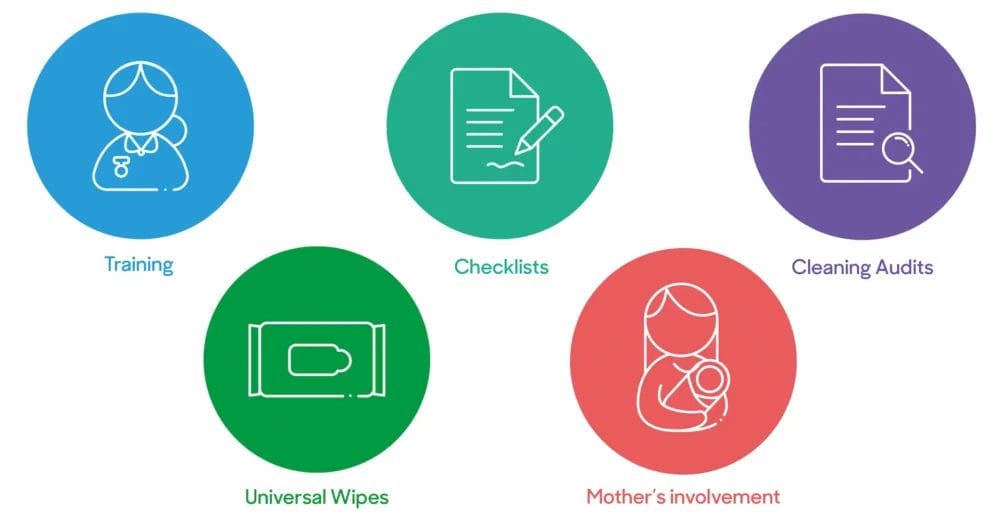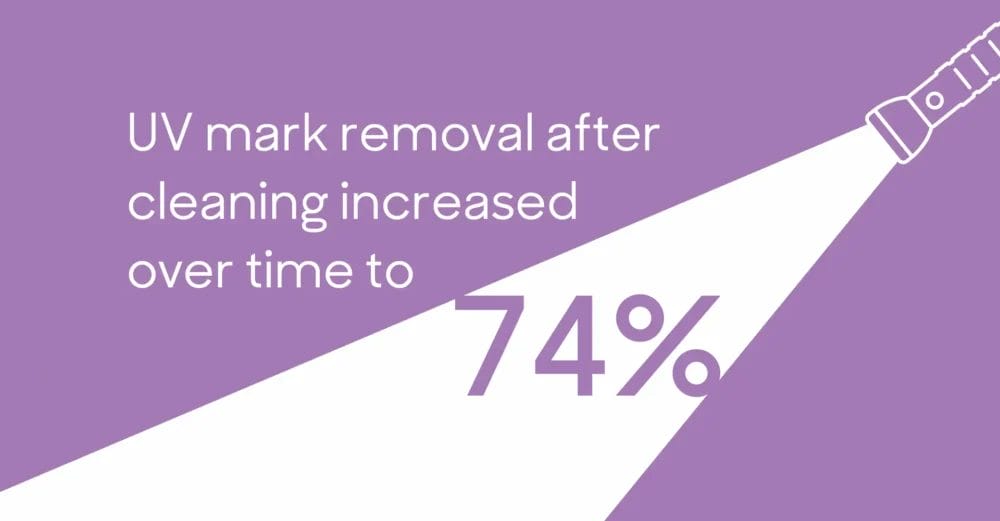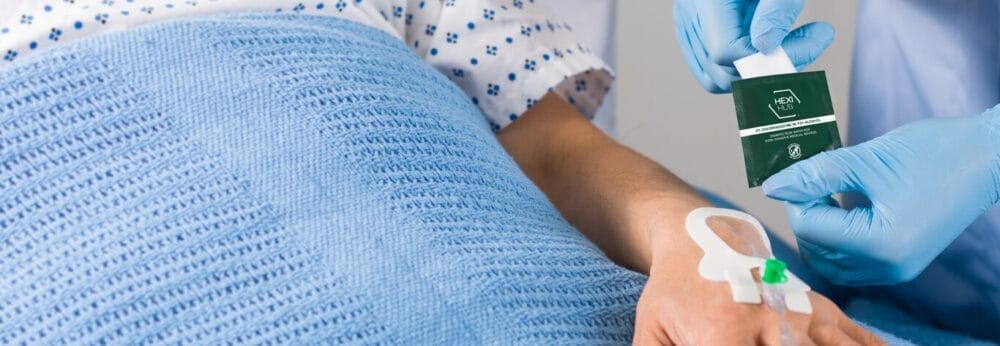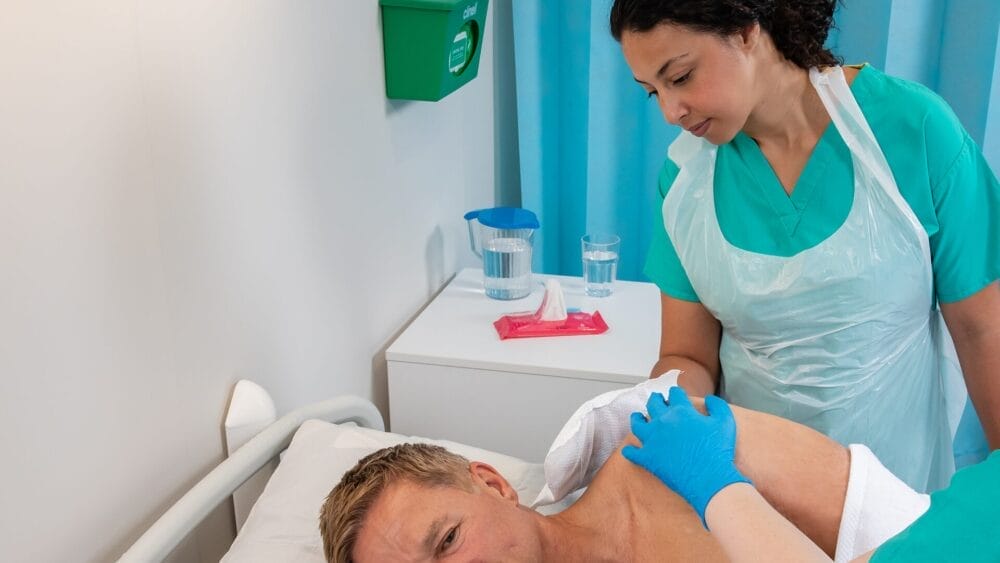Posted
30th November 2020
Research
A study on improving surface hygiene in a South African neonatal unit. Results showed a multi-modal intervention including the implementation of Clinell Universal disinfectant wipes improved surface hygiene.
The South African preprint study reports the impact of a bundle of measures to improve surface hygiene in a neonatal unit in a resource limited setting.
What did the intervention consist of?
The intervention consisting of the implementation of disinfectant wipes, training, audit and feedback, and cleaning checklists resulted in reductions in bacterial contamination, and improvements in cleaning thoroughness (as measured by ATP and fluorescent marker removal).
Where did the study take place?
The study took place in a 30-bed neonatal unit within a large hospital in Cape Town, South Africa.
What was the routine cleaning prior to the intervention?
Prior to the intervention, routine cleaning of the unit was done using detergent and cloths, with 70% alcohol used for disinfection for patients undergoing transmission-based precautions.
The key elements
The key elements of the multi-modal intervention were training of nursing staff regarding surface/equipment cleaning, introduction of customised cleaning checklists, cleaning audits with staff feedback, use of in-room disinfectant wipes (Clinell Universal), and involvement of neonates’ mothers with cleaning of the patient zone.

How was the impact measured?
The impact of the intervention was measured by surface sampling, and the use of ATP measurement and fluorescent marker removal.
Results
The proportion of surfaces from which no potential neonatal pathogen was cultured increased over the study period (from 49% at baseline to 69% at the end of the study, p=0.007). The proportion of surfaces and equipment meeting the “cleanliness” ATP threshold (<200 RLU) increased over time (from 40% at baseline to 65% at the end of the study, p=0.002). The rate of UV mark removal following cleaning increased over time (from 23% at baseline to 74% at the end of the study, p<0.001).

What were the findings?
The findings of this study suggest that surface hygiene on the unit was sub-optimal at baseline. A multi-modal intervention including the implementation of disinfectant wipes, markedly improved surface hygiene on the unit. Whilst healthcare-associated infections were not reported, the improvements in surface hygiene would have resulted in higher levels of protection for this extremely vulnerable patient group.
For more of our latest research, take a look at our latest articles and filter the category by “Research”. Spread the word and share this article on social.
SHARE THIS ARTICLE
Tags
Latest News
Embracing sustainability and cost savings: The journey of Clinell Indicator Notes to paper-based solutions
At GAMA Healthcare, we’ve always prided ourselves on being at…
Introducing HEXI HUB: A seamless transition in our product line
We’re pleased to announce an update to our product offering…
Innovative solutions for tackling Carbapenemase-producing Enterobacteriaceae (CPE) at King’s College Hospitals
King’s College Hospital NHS Foundation Trust, one of London’s largest…
Gloves Off: reducing unnecessary plastic waste during environmental cleaning and disinfection
In this blog, Dr Phil Norville discusses the momentum-gaining ‘Gloves…




